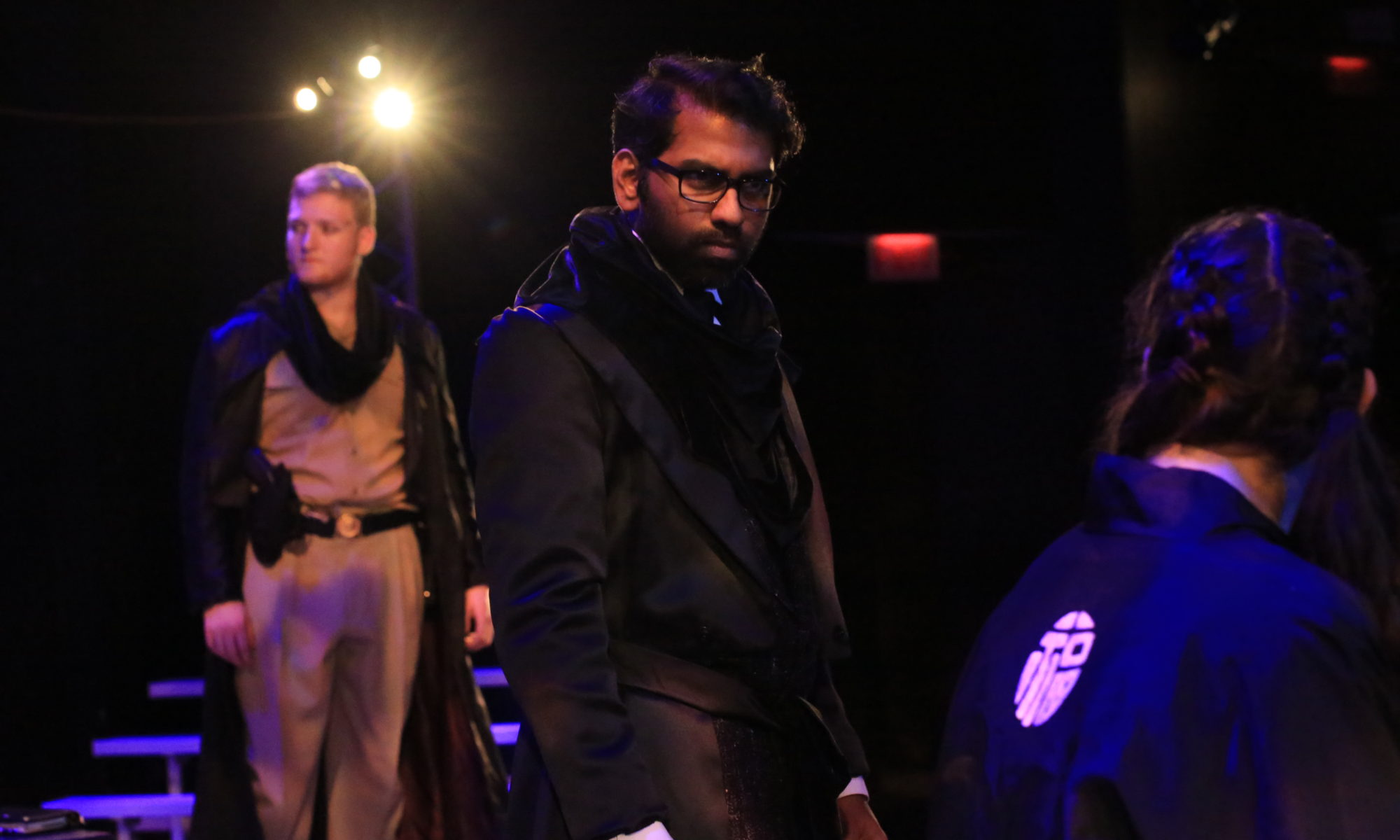Yes, this is not directly related to anything else I have done in my Master’s program. But solar desalination was an interest of mine even before I got to UTD. In fact, I have always dreamt of a day when I will have enough money and motivation to start a solar desalination firm to help solve the water crisis. So, when I mentioned this to Prof. Gaurav Shekhar, he was kind enough to agree to be my faculty advisor for an independent study on desalination and its business opportunities. And that is no. 5 in my countdown to graduation!
My weekly desalination meetings with Prof. Shekhar involved a whole lot of brain-storming to come up with questions to be answered, people to be approached, possible routes to be taken. In my research, I went through everything from the process of desalination, and current industry size to challenges, and breakthrough research being done in the sector. I joined the International Desalination Association and interacted with researchers on Researchgate. I tried to look for datasets to desalination with data analytics, and come up with machine learning solutions to reduce operational costs. There wasn’t enough data available on the Internet. I looked into transport and deliver,y but that was taking me in a different direction.

Finally, the ray of hope came in the form of a research paper about a fabricated membrane with breakthroughs in the use of solar energy to convert seawater to potable water. I contacted the author and will be trying to pursue this direction in the time to come. At the end, my study report was a comprehensive documentation of the process I followed, the roadblocks I faced, the data I found, and the progress I made in exploring business opportunities in desalination. This was a great exercise in research and management, and I am optimistic that it will yield results in the future.
When I clicked ‘Submit’ to turn in my report, it was the first time that the feeling sunk in – my Master’s degree was coming to an end. My meetings with Prof. Shekhar, one of the finest humans and problem-solvers I have ever met, were coming to an end. After a decade in the workforce, I had taken a break and come back to school. That break was almost over. It was the beginning of the end of an era.
ALSO SEE Keeping My Creative Side Alive with Theatre
Saying “Hello, old friend” to Statistics and Analytics
Diving Deep into Business Analytics with R Programming
This is the seventh post of my #10DaysToGraduate series where I share 10 key lessons from my Master’s degree in the form of a countdown to May 8, my graduation date.



